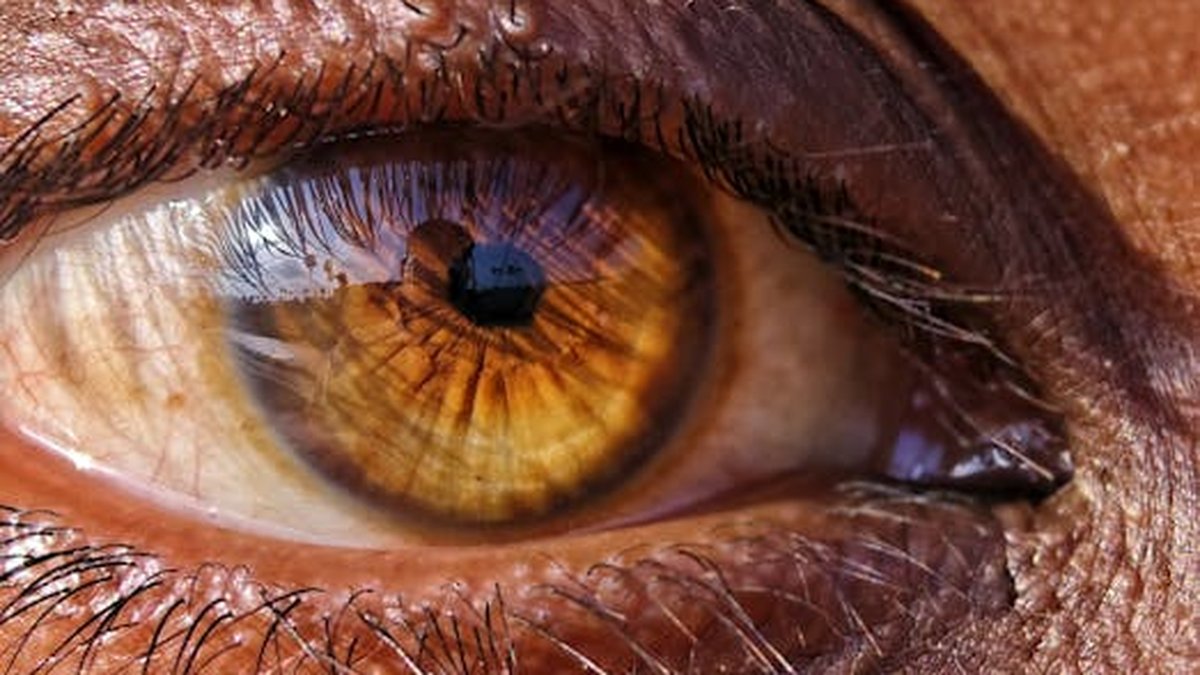The Importance of Regular Eye Exams: Protecting Your Vision in 2025
Why Regular Eye Exams are Essential in 2025
In our increasingly digital world, our eyes are constantly working overtime. From staring at computer screens all day to scrolling through our phones in the evenings, our vision is put to the test. That’s why regular eye exams are more important than ever, especially as we look ahead to 2025. They’re not just about getting a new prescription for glasses or contacts; they’re a vital part of maintaining overall health and well-being.
Think of your eyes as the windows to your overall health. An eye exam can reveal early signs of serious conditions like diabetes, high blood pressure, and even certain types of cancer. By catching these issues early, you can begin treatment sooner and potentially prevent more serious complications down the road.
Detecting Vision Problems Early
Many vision problems develop gradually, and you might not even realize you have them until they start significantly impacting your daily life. Regular eye exams can detect these problems early, allowing for timely intervention and potentially preventing irreversible vision loss. Some common vision problems that can be detected during an eye exam include:
- Myopia (Nearsightedness): Difficulty seeing distant objects clearly.
- Hyperopia (Farsightedness): Difficulty seeing close objects clearly.
- Astigmatism: Blurred vision at all distances due to an irregularly shaped cornea.
- Presbyopia: Age-related loss of near vision, usually starting in the early to mid-40s.
- Glaucoma: A condition that damages the optic nerve, often without noticeable symptoms in the early stages.
- Cataracts: Clouding of the lens of the eye, leading to blurred vision.
- Macular Degeneration: A condition that affects the central part of the retina, leading to blurred central vision.
Beyond Vision Correction: Overall Health Indicators
Eye exams are not just about identifying vision problems. They can also provide valuable insights into your overall health. During an exam, your eye doctor can look for signs of systemic diseases, such as:
- Diabetes: High blood sugar levels can damage the blood vessels in the retina, leading to diabetic retinopathy.
- High Blood Pressure: High blood pressure can damage the blood vessels in the eyes, leading to hypertensive retinopathy.
- High Cholesterol: Cholesterol deposits can accumulate in the blood vessels of the eyes, indicating high cholesterol levels.
- Autoimmune Diseases: Some autoimmune diseases, such as lupus and rheumatoid arthritis, can affect the eyes.
- Brain Tumors: Certain types of brain tumors can put pressure on the optic nerve, leading to vision changes.
For example, your eye doctor might notice small hemorrhages or swelling in the retina, which could be a sign of diabetes. Or, they might see signs of high blood pressure in the blood vessels of the eyes. By detecting these signs early, your eye doctor can refer you to your primary care physician for further evaluation and treatment.
Who Needs Regular Eye Exams?
The frequency of eye exams depends on your age, health, and family history. However, here are some general guidelines:
- Children: Children should have their first eye exam by age 3, and then regularly as recommended by their eye doctor.
- Adults (Under 40): Adults under 40 with no vision problems or risk factors should have an eye exam every two years.
- Adults (40-60): Adults between 40 and 60 should have an eye exam every one to two years.
- Adults (Over 60): Adults over 60 should have an eye exam every year.
- People with Risk Factors: People with diabetes, high blood pressure, a family history of eye disease, or who wear glasses or contacts should have more frequent eye exams as recommended by their eye doctor.
Practical Tips for Protecting Your Vision
In addition to regular eye exams, there are several things you can do to protect your vision:
- Wear Sunglasses: Protect your eyes from harmful UV rays by wearing sunglasses that block 100% of UVA and UVB rays.
- Eat a Healthy Diet: A diet rich in fruits, vegetables, and omega-3 fatty acids can help protect your eyes.
- Take Breaks from Screens: Follow the 20-20-20 rule: every 20 minutes, look at something 20 feet away for 20 seconds.
- Maintain a Healthy Weight: Obesity can increase your risk of developing eye diseases like diabetes and glaucoma.
- Quit Smoking: Smoking increases your risk of developing cataracts, macular degeneration, and other eye diseases.
- Know Your Family History: Some eye diseases are hereditary, so it’s important to know your family history.
Investing in Your Future Vision
Regular eye exams are a simple yet powerful way to protect your vision and overall health. By detecting vision problems and systemic diseases early, you can take steps to prevent vision loss and improve your quality of life. As we move towards 2025, prioritize your eye health and schedule your next eye exam today. Your eyes will thank you for it!
Don’t wait until you experience problems to see an eye doctor. Proactive care is the best way to ensure healthy vision for years to come. Invest in your vision; invest in your future.






